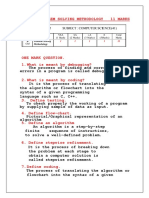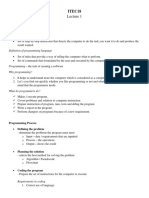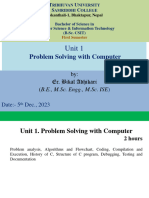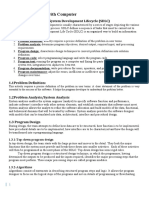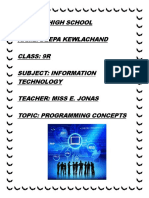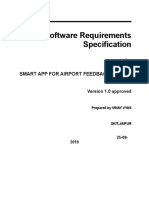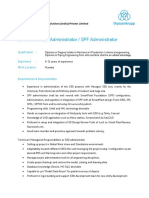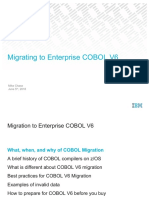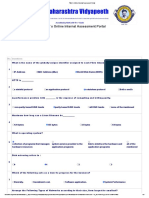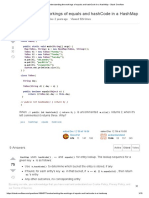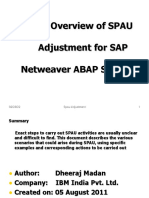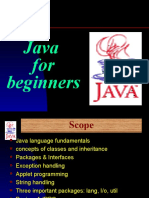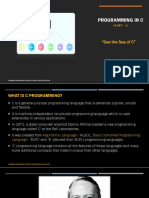0% found this document useful (0 votes)
14 views2 pagesProgramming Cat
The document defines key programming concepts including programs, algorithms, compilers, syntax, and semantics. It outlines the compilation process and the characteristics and significance of algorithms, emphasizing efficiency, modularity, and correctness. Additionally, it discusses types of errors, the importance of testing and validation, and the benefits of pseudocode for clarity and flexibility in programming.
Uploaded by
markdenis753Copyright
© © All Rights Reserved
We take content rights seriously. If you suspect this is your content, claim it here.
Available Formats
Download as PDF, TXT or read online on Scribd
0% found this document useful (0 votes)
14 views2 pagesProgramming Cat
The document defines key programming concepts including programs, algorithms, compilers, syntax, and semantics. It outlines the compilation process and the characteristics and significance of algorithms, emphasizing efficiency, modularity, and correctness. Additionally, it discusses types of errors, the importance of testing and validation, and the benefits of pseudocode for clarity and flexibility in programming.
Uploaded by
markdenis753Copyright
© © All Rights Reserved
We take content rights seriously. If you suspect this is your content, claim it here.
Available Formats
Download as PDF, TXT or read online on Scribd
/ 2


